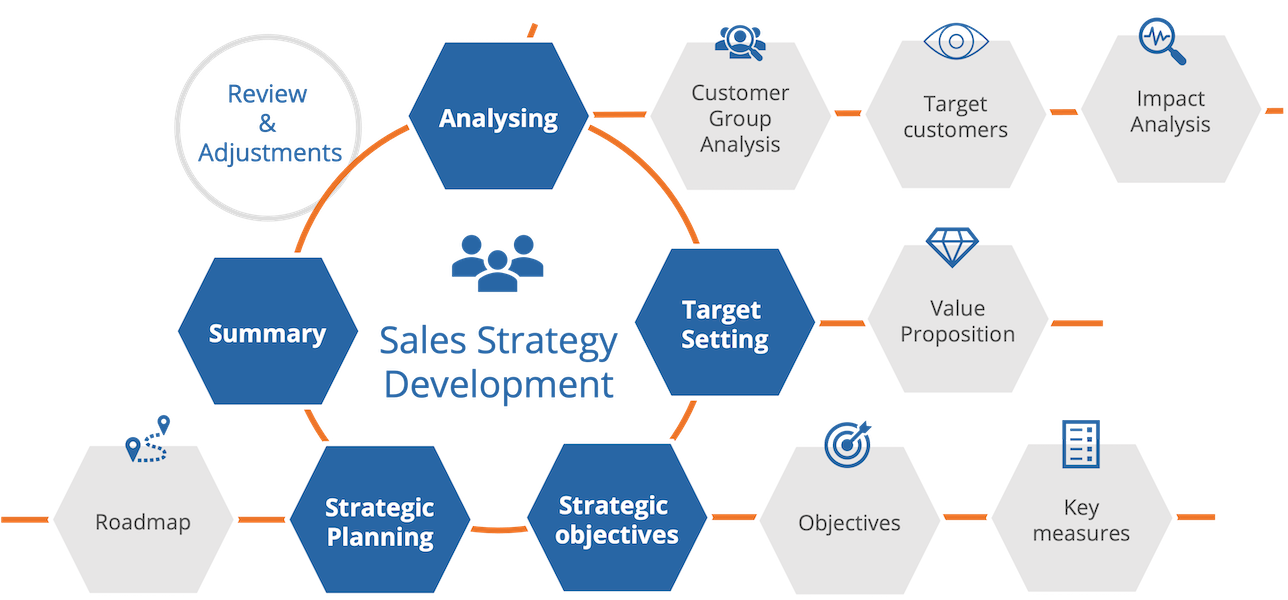Strengths / weaknesses analysis

Process of a strengths & weaknesses analysis
Procedure for the strengths / weaknesses analysis
- You first focus on your competitive environment. Who are your competitors in the market. If you come across a large number of competitors, concentrate on the 3 most important ones.
- Then identify your own strengths and weaknesses – always in comparison to the competition. If there is a strength or weakness in everyone, that is not differentiation and you don’t need to capture it.
- In the last step, you evaluate your results in order to draw necessary conclusions. This includes, for example, necessary measures that need to be taken. Or you define strategic priorities that should be given greater attention.
Description of the strengths / weaknesses analysis
The strengths / weaknesses analysis allows you to analyze your strengths and weaknesses in comparison to direct competition. The approach focuses on a company’s strengths and weaknesses. The method is derived from the SWOT analysis , but focuses on two of the four fields. In many cases, this is sufficient to identify necessary measures, new ideas or strategic options. The last step in particular is crucial in order to derive concrete activities from pure analysis results.
Thematic classification
This is an analysis tool to realign your company compared to the competition.
Who benefits from this method?
- Organizations
- Business units
- Projects
- products and services
Limits of Application
Good knowledge of the competitive environment and potential newcomers is required. The insights gained are mostly short-term measures that affect the current situation. Future market developments and opportunities require a more advanced methodology such as the SWOT analysis.



